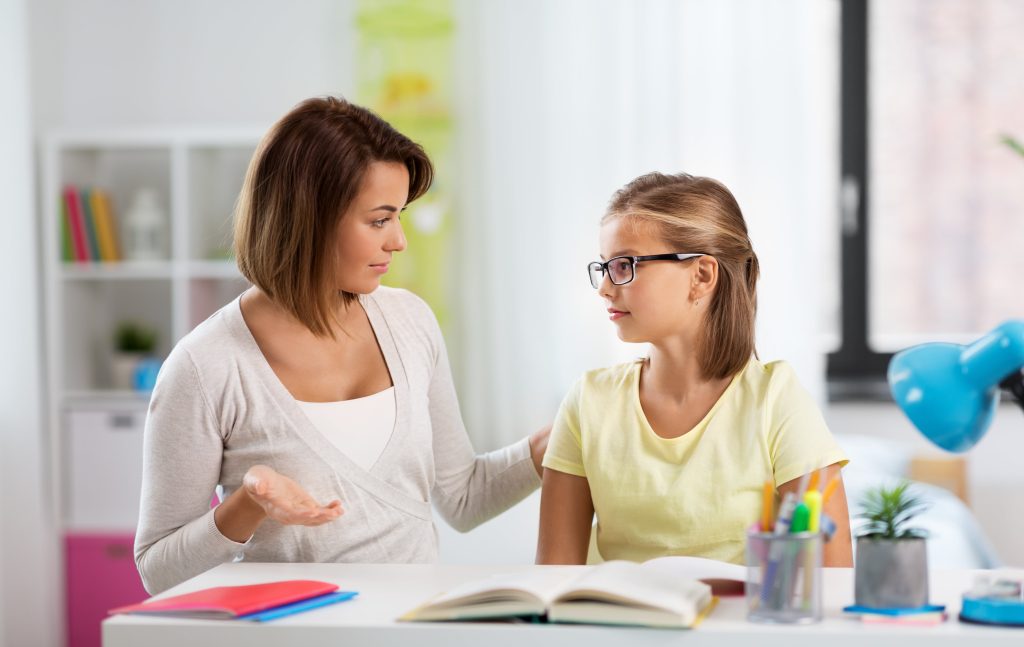In our rapidly advancing world, nurturing a love for reading in children has become increasingly important. Reading at home complements the education children receive in school and contributes significantly to their overall linguistic, educational, and cognitive development.
Firstly, reading at home creates an intimate space where children can freely express their thoughts and emotions aroused by stories. It’s a time when parents can deeply engage with their child’s intellectual growth. By discussing characters, plots, and settings, you are helping your child to think critically and empathetically.
Starting early is key. Introduce reading as a cozy, enjoyable activity. You can begin with picture books for younger children and gradually transition to more complex texts as they grow. Make sure to choose books that are age-appropriate and interest-driven to maintain your child’s engagement.
Create a reading routine. Set aside a specific time each day for reading together. This could be right before bedtime or after dinner. Consistency helps children feel secure and establishes reading as a priority in their daily lives.
Encourage your child to choose the books they would like to read. Autonomy makes the activity more appealing to them. If your child is interested in dinosaurs, find books on palaeontology or prehistoric fiction. Matching their interests piques curiosity and encourages lifelong learning.
Discuss what you read together. Ask open-ended questions about the story, such as “Why do you think the character did that?” or “How would you have ended the story?” These discussions enhance critical thinking skills and help children understand perspectives beyond their own.
Utilize your local library. It’s a treasure trove of resources where children can explore different genres and topics without financial commitment. Libraries often have reading programs and story hours that can further motivate children.
Don’t forget about digital platforms. E-books and audiobooks are fantastic resources that can supplement physical books. They are especially useful during travel or for children who struggle with conventional reading formats.
Finally, model behavior by being a reader yourself. Children emulate what they see around them; if they see you enjoying a book, they’re more likely to want to read too.
Remember that every child is unique; what works for one may not work for another. Patience, encouragement, and positivity are paramount throughout this journey of fostering a love of reading within your child’s heart.
In conclusion, home reading is more than just an educational tool; it’s an investment into your child’s future that will pay dividends in the form of knowledge, empathy, imagination, and critical thinking skills. Start this journey with excitement and commitment; the stories await!








